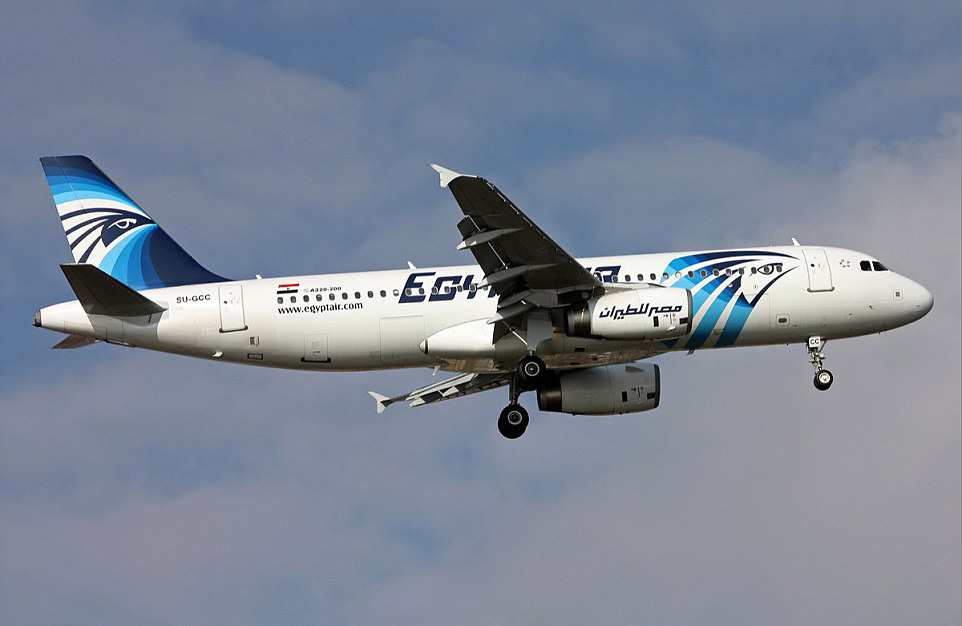The prospects for Egypt’s vital tourism industry are looking dire after another aviation disaster.
EgyptAir flight 804, carrying 66 people from Paris to Cairo, “swerved and then plunged” into the sea early on Thursday, according to a Greek official. Rescue teams are still searching for the Airbus 320, but Egypt’s top civil aviation official said terrorism was a more likely cause of the crash than technical failure.
If that is the case, it would be the third attack on Egyptian aviation in six months: An EgyptAir domestic flight was hijacked in March, and terrorists brought down a Russian plane last October shortly after take-off from Egypt’s Red Sea resort of Sharm el-Sheikh in November, killing all 224 people on board.
Tourism plays a huge role in Egypt’s economy. It accounts for around 11% of GDP and supports about 11% of all jobs in the country, according to data from the World Travel and Tourism Council, CNN reported.
The industry was already suffering its worst crisis in years -- annual visitor numbers slumped to 9 million in 2015 from a record 14 million in 2010.
Political turmoil sparked by the Arab Spring protests in early 2011 scared millions of tourists away. Persuading them to return is getting harder with every attack.
The bomb on the Russian jet last year was a devastating blow. Many carriers stopped flying to Sharm el-Sheikh and reduced their overall capacity to Egypt. EasyJet and Thomson Airways still will not fly to Sharm el-Sheikh even though Egypt introduced new security measures in the airport to keep passengers safe.
International travel to the country has dropped by 5% since the disaster, according to ForwardKeys data. Travel from Europe dropped 18% and there’s no recovery in sight, said Jager.
Prior to Thursday’s EgyptAir disaster, the World Travel and Tourism Council was expecting tourist spending in Egypt to fall by a further 4% in 2016, following a 4% drop in 2015.


